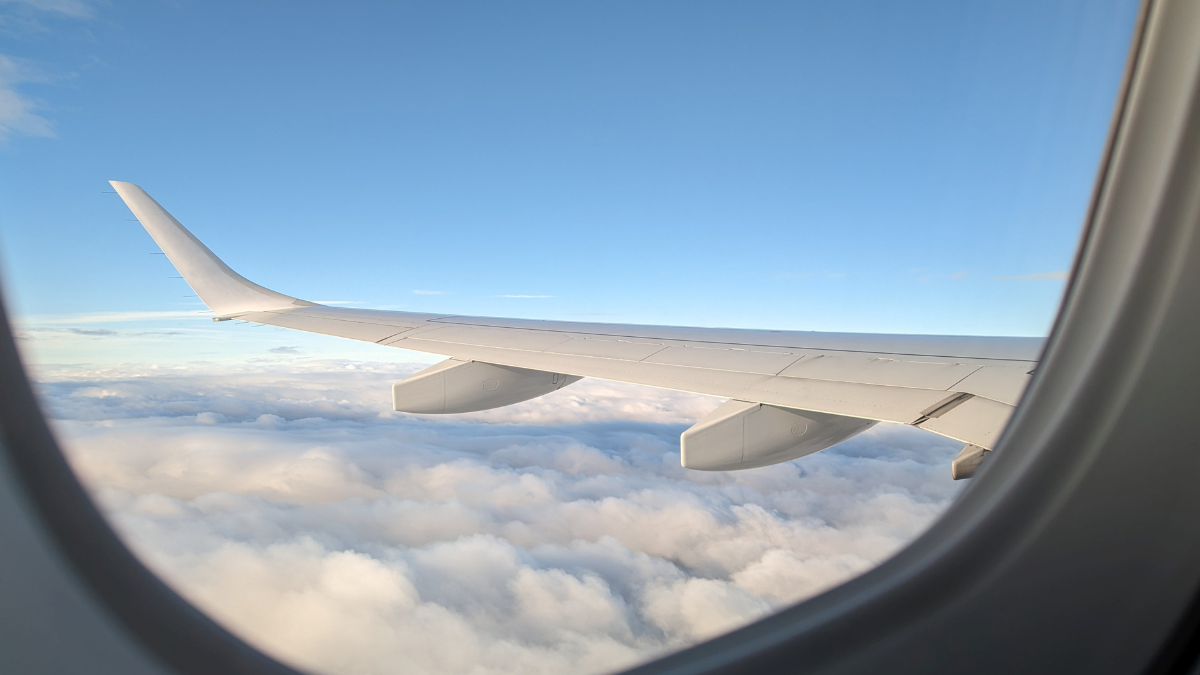Fast, accurate drag predictions could help improve aircraft design
Researchers at the University of Surrey have proposed a computational approach that can provide aerodynamic drag data more efficiently during the early stages of aircraft design. It is hoped that AeroMap could help develop safer and more fuel-efficient aircraft.

Drag is the aerodynamic force that opposes an aircraft’s motion through the air. Being able to predict drag accurately at an early design stage helps engineers avoid later adjustments that can lead to additional time and cost. Reliable early estimates can also reduce the need for extensive wind tunnel testing or large-scale computer simulations.
AeroMap, estimates drag for different wing-body configurations operating at speeds close to the speed of sound. In a study published in Aerospace Science and Technology, researchers show how AeroMap provides datasets up to 10 to 100 times faster than high-fidelity simulations currently on the market, while maintaining good accuracy.
The researchers suggest that such improvements in prediction speed could support the development of more fuel-efficient aircraft configurations by allowing designers to assess a wider range of design options in less time.
Our goal was to develop a method that provides reliable transonic aerodynamic predictions for a range of configurations, without the high computational cost of full-scale simulations. By providing reliable results earlier in the design process, AeroMap reduces the need for costly redesigns and repeated wind-tunnel testing. It also delivers the level of detail engineers need to refine concepts more efficiently and with greater confidence.Dr Rejish Jesudasan, Research Fellow at the University of Surrey and lead author of the study
AeroMap is based on a viscous-coupled full potential method, which combines a reduced form of the Navier–Stokes equations that describe airflow with a model of the thin boundary layer of air that moves along an aircraft’s surface. This approach enables AeroMap to capture the main effects of drag without the high computing demands of more detailed simulations. As a result, it provides a practical tool for the early stages of aircraft design, when engineers need results that are both reliable and rapid.
Many existing models still rely on empirical methods developed several decades ago. Although these remain widely used, they can be less accurate when applied to modern, high-efficiency wing designs. AeroMap has been validated against NASA wind tunnel data, with results showing close agreement between its predictions and experimental measurements, indicating its suitability for sustainable aircraft development.
Related sustainable development goals


Media Contacts
External Communications and PR team
Phone: +44 (0)1483 684380 / 688914 / 684378
Email: mediarelations@surrey.ac.uk
Out of hours: +44 (0)7773 479911

